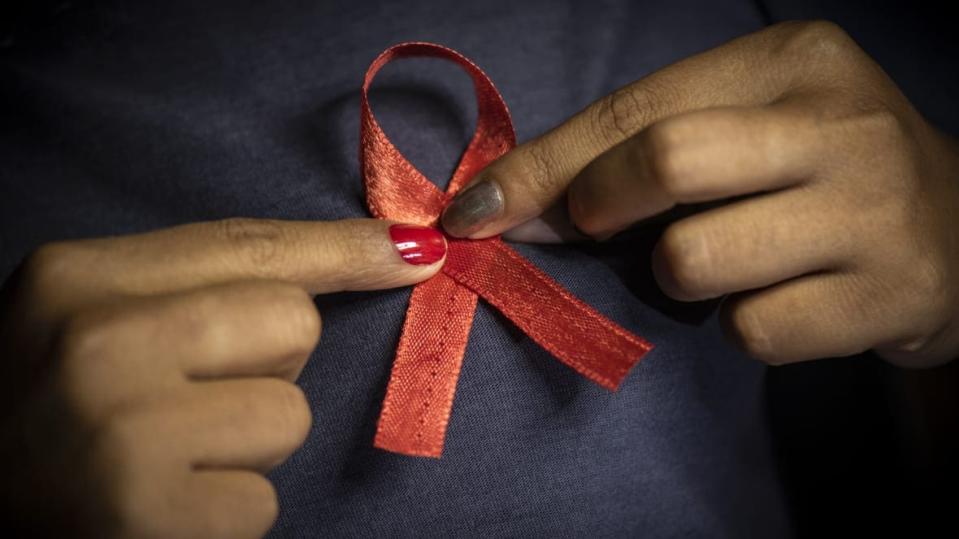National Black HIV/AIDS Awareness Day was founded 24 years ago. How far have we come since?
As another National Black HIV/AIDS Awareness Day is commemorated today, we reflect on the strides made to eradicate the disease within the Black community.
When the first-ever National Black HIV/AIDS Awareness Day was founded 24 years ago today, there were over 33 million cases worldwide and the World Health Organization had designated the disease the world’s 4th deadliest killer. At 66 per 100,000 people, African Americans had rates that were more than eight times the rate of their white American counterparts. Since then, though the overall outlook continues to grow more positive, stats have remained alarmingly high for the Black community.
In 2020, Black Americans made up roughly 12 percent of the population but accounted for 42 percent (12,827) of the 30,635 new HIV diagnoses in the United States, according to the U.S. Department of Health & Human Services. The department further explained that currently, Black gay and bisexual men are most affected by HIV, making up 65 percent (8,294) of new HIV diagnoses among African Americans.

Despite those rates, hope can be found in the fact that mother-to-child transmission of the disease has dropped by 95 percent since the ‘90s. Also encouraging is the number of cases that no longer become terminal, as well as the rising rate of individuals in the Black community who test positive but can no longer transmit the disease and are therefore able to continue living healthy lives, otherwise known as being “virally suppressed.”
According to a recent statement commemorating this year’s National Black HIV/AIDS Day by Dr. Laura Cheever, associate administrator for the department’s HIV/AIDS Bureau, a “record-breaking” 87.2% of Black clients receiving care through the Ryan White HIV/AIDS Program, which services low-income communities, are virally suppressed, up from 63.3 percent virally suppressed in 2010.
“While we are pleased with our progress, we know there is still more we can do,” said Cheever.
In her statement, Cheever acknowledges how Black people continue to face social and structural barriers, “including racism, discrimination, homophobia, HIV stigma, medical mistrust, and limited access to high-quality health care that continue to prevent Black individuals with HIV from seeking care and treatment.”
Resources aimed specifically at helping the Black community have proven to be the most effective. The Health Resources and Services Administration initiative, Black Women First, is striving to improve health outcomes for Black women with HIV in a “culturally sensitive and responsive manner.”
In a release about Black Women First, Cheever praised its work thus far.
“I have seen firsthand how important it is to tailor programs to meet the unique needs of underserved communities,” she said.
In a joint statement by the Centers for Disease Control and Prevention’s director and acting director of the Division of HIV Prevention at the National Center for HIV, Viral Hepatitis, STD, and TB Prevention, Dr. Jonathan Mermin and Dr. Robyn Neblett Fanfair, respectively, highlight how the Black community also has a lower rate of taking crucial preventive measures.
“PrEP (pre-exposure prophylaxis) coverage, for example, is lower among African American people—only 8% of African American people who could benefit from PrEP were prescribed PrEP in 2019, compared to 23% of people overall,” said Fanfair and Mermin.
The CDC’s goal is to increase the number of individuals with indicators for needing PrEP receiving lifesaving care to 50 percent by 2025. The health organization has also launched the “Let’s Stop HIV Together” campaign, aimed at reducing stigma and promoting testing, prevention, and treatment.
“Together, we can work to address HIV disparities and enhance HIV prevention efforts among African American people in the United States,” concludes FanFair and Mermin’s statement.

Kay Wicker is a lifestyle writer for theGrio covering health, wellness, travel, beauty, fashion, and the myriad ways Black people live and enjoy their lives. She has previously created content for magazines, newspapers, and digital brands.
TheGrio is FREE on your TV via Apple TV, Amazon Fire, Roku, and Android TV. TheGrio’s Black Podcast Network is free too. Download theGrio mobile apps today! Listen to ‘Writing Black’ with Maiysha Kai.
The post National Black HIV/AIDS Awareness Day was founded 24 years ago. How far have we come since? appeared first on TheGrio.

